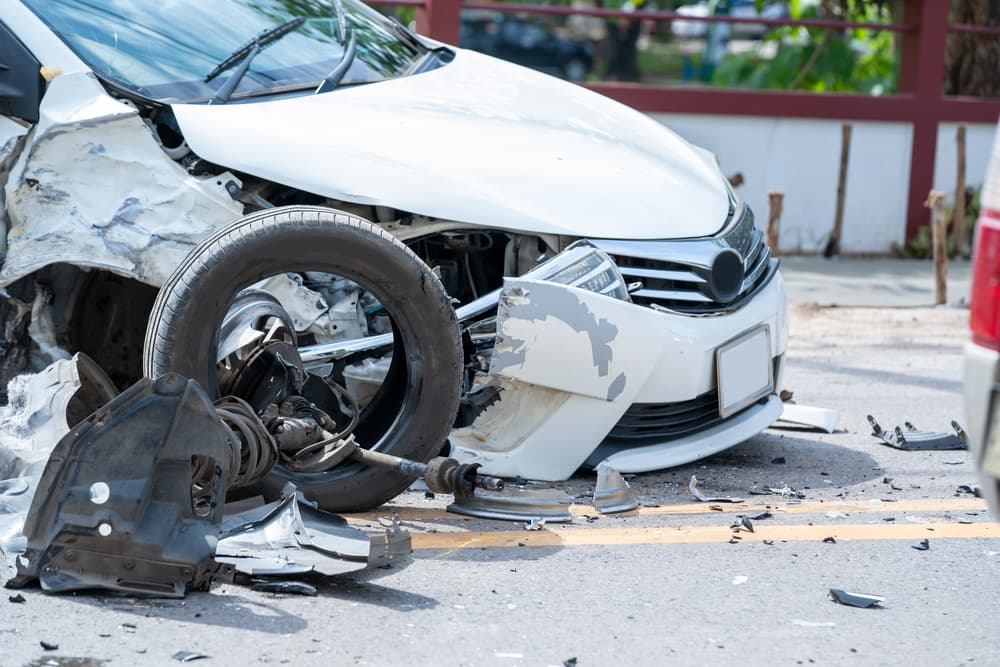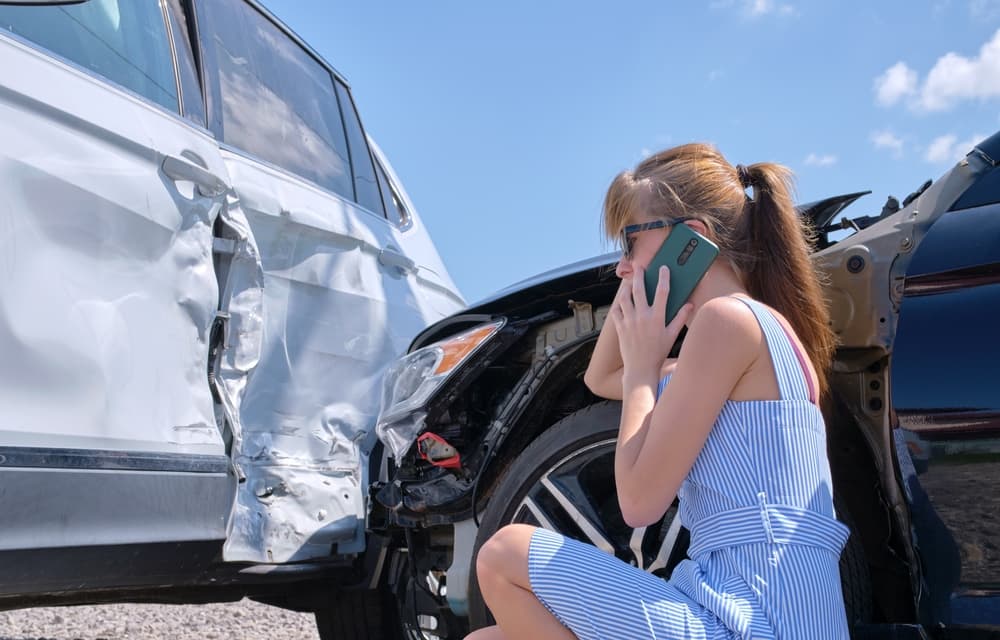
Managing the aftermath of a car accident can be a confusing and stressful experience. On top of that, the question is: Who is at fault? Fault is not just about blame; it has legal and financial implications. Who is responsible for the damages and injuries? Determining who is at fault involves examining evidence, legal principles, and practicalities.
What Happened?
Imagine a busy intersection during rush hour. Cars weave through traffic, headlights shine on brake lights, and the air buzzes with the hum of engines. Suddenly, a crash happens. Two cars collide with a loud thud, shattering glass and buckling metal. In the immediate aftermath, emotions are high, and trying to figure out what happened leading up to the accident can be tough. This is where the fault process begins.
Documenting the Scene
The first step often involves documenting the scene of the accident. Police officers will show up to investigate, gather evidence, and create an accident report. This report is a significant piece of documentation that contains valuable information such as the time and location of the accident, the vehicles involved, witness statements, and the officer's initial assessment of fault. You can obtain copies of crash reports online from your state's law enforcement agency for a small fee.
Working with the Insurance Company
After the police investigation, the insurance company determines fault. Each company investigates the accident from its perspective, trying to minimize its financial liability.
Gathering the Evidence
The insurance company investigation involves gathering information from various sources, including the police report, witness statements, medical records, and vehicle damage assessments. Insurance adjusters will also interview the involved parties to understand the accident better.
Sometimes, the fault is clear-cut, like when one driver runs a red light or rear-ends another car. But, at other times, the fault is confusing. This is where legal principles come into play, guiding the determination of fault in complicated situations. Concepts like negligence and duty of care are often considered.
Who Exactly Was Negligent?
Negligence is a key legal principle in determining fault in car accidents. To prove negligence, it must be shown that a party had a duty of care, breached that duty, and that the breach caused the accident and resulting damages. Every driver has a duty of care to drive safely and responsibly and follow traffic laws and regulations. When a driver breaches this duty by driving recklessly, speeding, or distracted driving, they may be considered negligent.
Each Party's Legal Obligation
Duty of care means an individual's legal obligation not to harm others. In the context of driving, this means driving a vehicle that does not put other road users at risk. Drivers must follow traffic laws, control their vehicles, and be aware of their surroundings. When drivers fail to meet this duty of care, they may be liable for any resulting accidents and injuries.
Reviewing the Factors
Determining fault also involves looking at the specific circumstances of the accident. Factors like road conditions, weather, and visibility can play a significant role. For example, if an accident happens on an icy road, assigning fault to one driver may be tougher as the slippery conditions may have contributed to the accident. Visibility may have been a factor if an accident happened at night in an area with poor lighting.
Getting Statements
Witness statements are often definitive in determining fault. They provide first-hand accounts of what happened. Witnesses can give valuable insights into the sequence of events, the actions of the drivers, and any other factors that may have contributed to the accident. Their statements can help paint a clearer picture of the accident and help reconstruct the events leading up to the crash.
Reviewing the Damage
Vehicle damage can also provide important clues about the accident. The location and extent of the damage can help determine the point of impact, the speed of the vehicles involved, and the direction of travel. Reconstruction experts may analyze the damage to create a detailed account of the accident.
Medical Records
Medical records are another critical piece of evidence in determining fault and damages. These records document the injuries sustained in the accident and the extent of medical treatment required. They also help establish a link between the accident and the injuries, proving that the accident was the proximate cause of the harm suffered.

Expert Witnesses
In some cases, determining fault may require the help of expert witnesses such as accident reconstructionists, medical professionals, or engineers. These experts can provide specialized knowledge and opinions that can help clarify complex issues and provide a deeper understanding of the accident. Their testimony can be significant in proving or disproving fault.
Don't Get into a Fight - Get Legal Advice
Disputes over fault can lead to lengthy and costly legal battles. When the parties involved in an accident can't agree on who is at fault, they may go to court. This involves filing a lawsuit and presenting evidence. A judge or jury will then hear the evidence and decide on fault and damages.
Legal Negotiation
Negotiation and settlement are often preferred to litigation as they can save time, money, and stress. Insurance companies and car accident attorneys work together to reach a settlement agreement, which may involve compromise and a fair allocation of responsibility.
Fault - a Detailed Process
Determining fault in a car accident is a detailed process that requires careful review of evidence, legal principles, and practicalities. It involves collaboration between various parties, including law enforcement, insurance companies, attorneys, and expert witnesses. The goal is to establish a fair and accurate determination of fault that provides justice and compensation to those injured.
In summary, determining fault in a car accident involves reviewing negligence, the duty of care, the guilty parties, and the specific accident circumstances. A car accident lawyer can determine fault and will pursue fair compensation for your losses.
Get Legal Advice After a Car Accident - Contact an Auto Accident Lawyer
Fault is not always easy to determine in a car accident. You should always contact an auto accident attorney if you've suffered an injury in a car crash. They will protect your rights and ensure you are not unfairly blamed. Contact an motor vehicle accident injury lawyer to get advice. Call us now!
